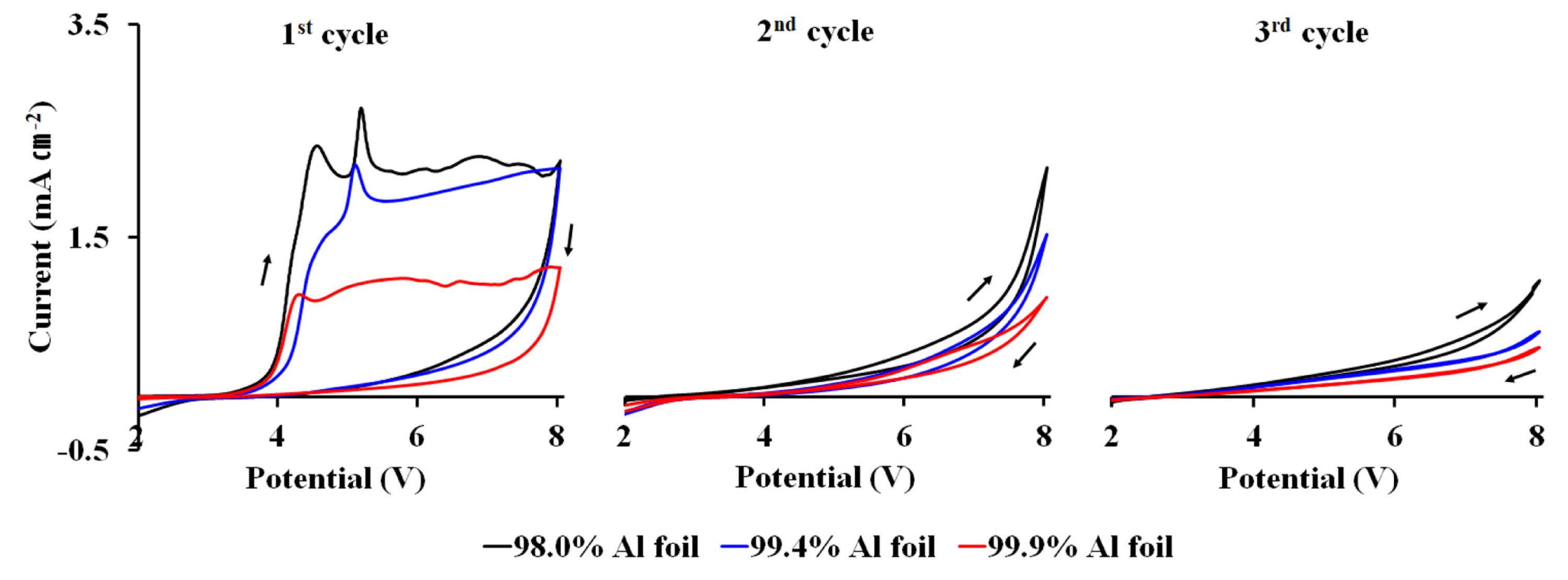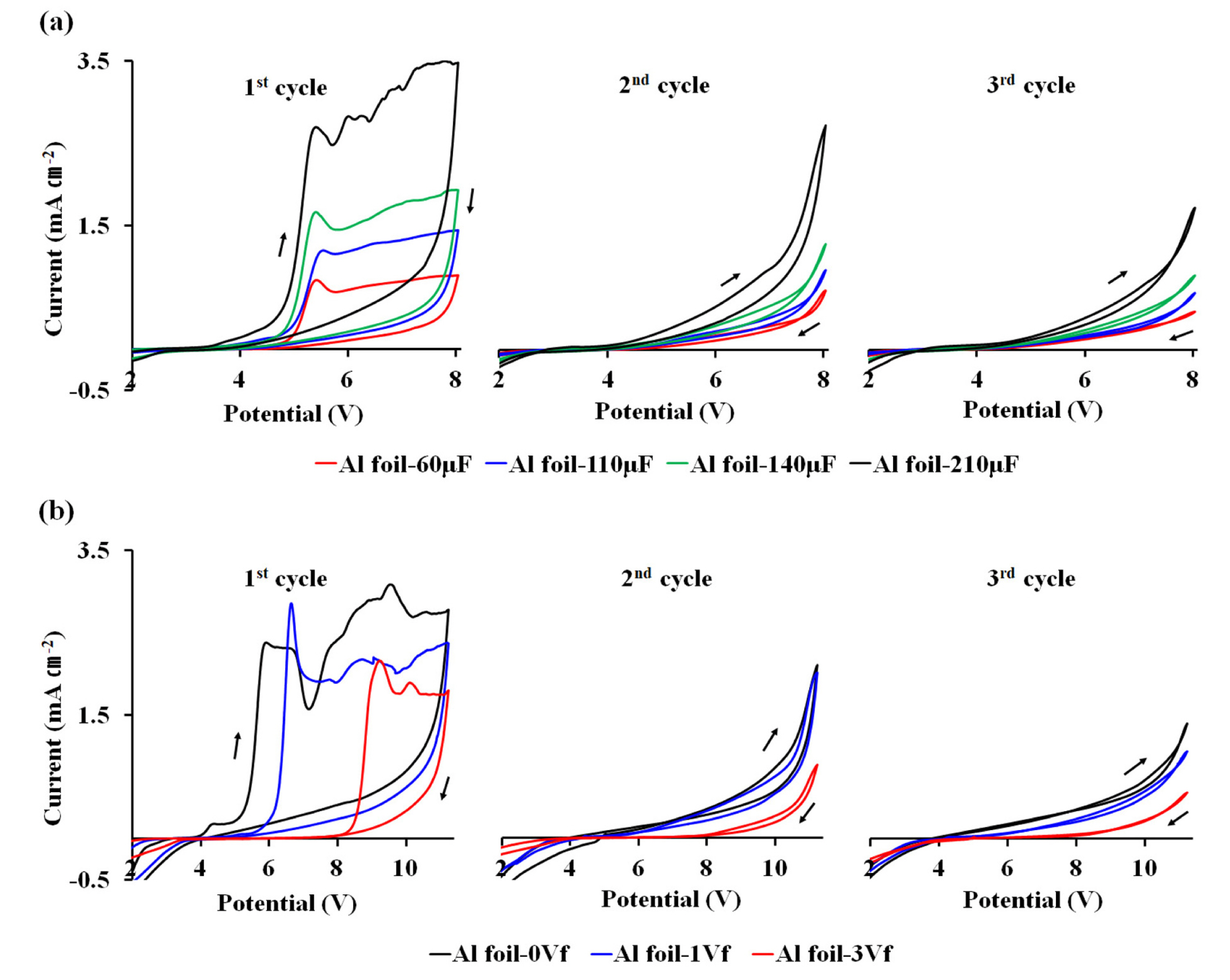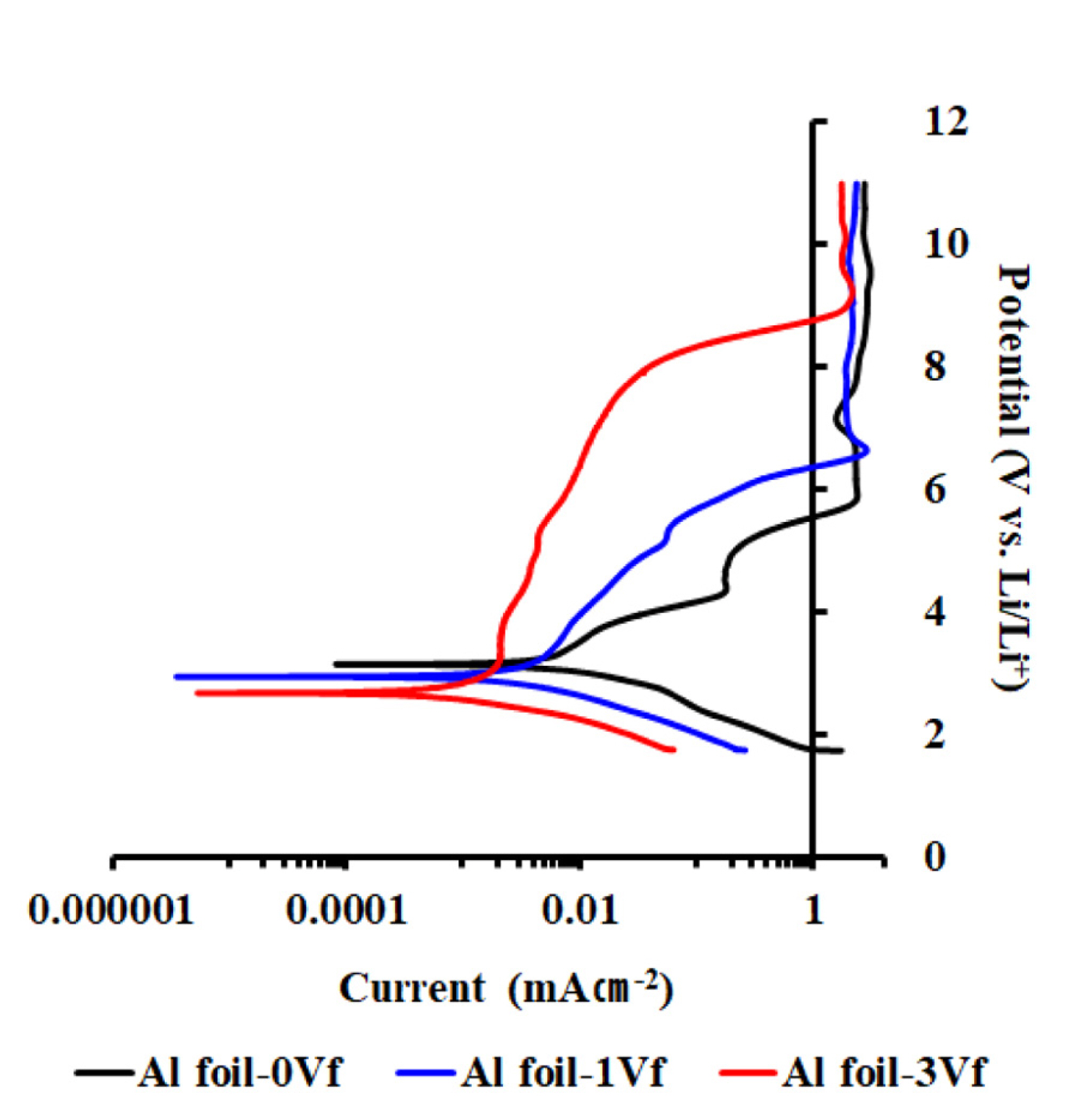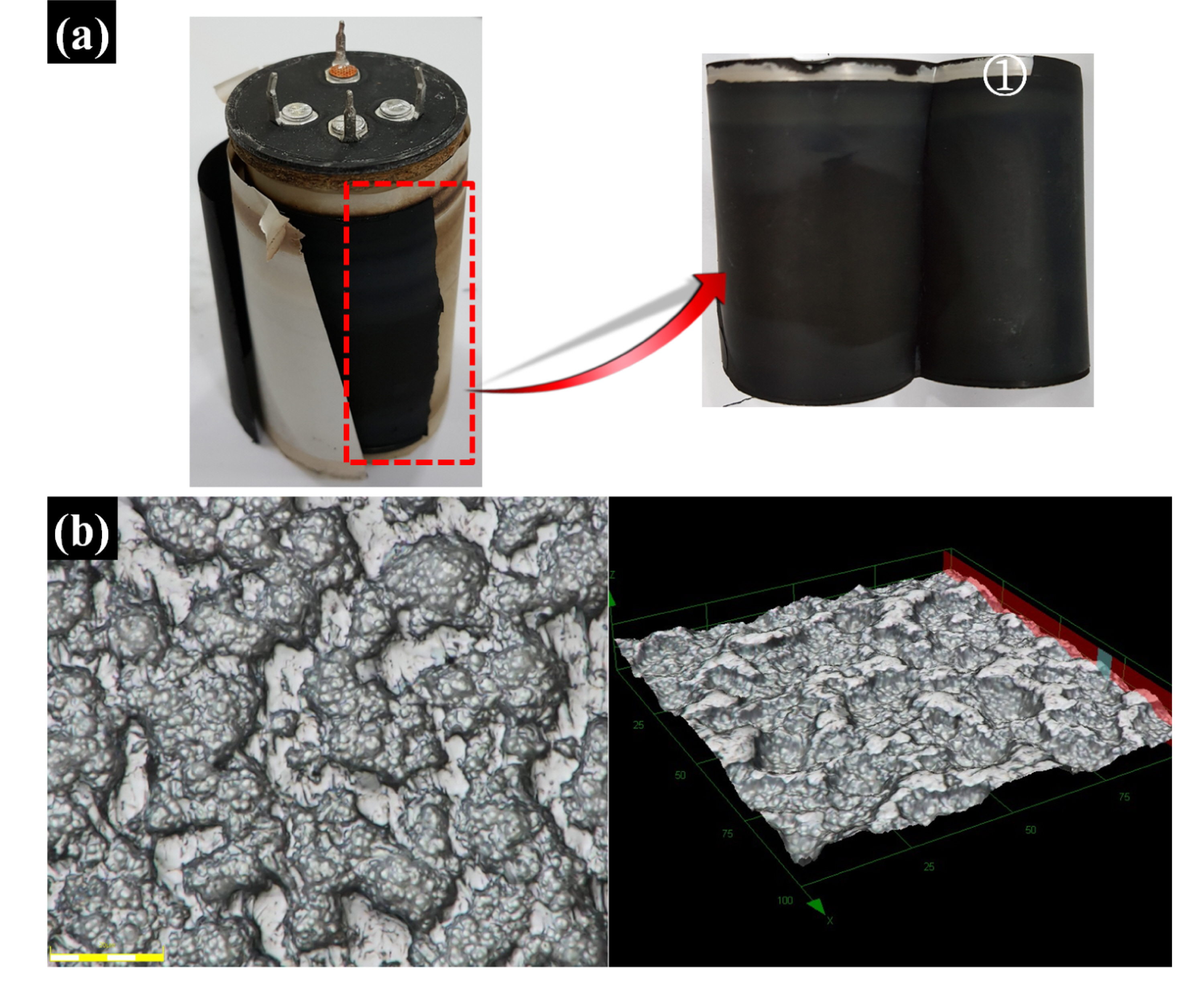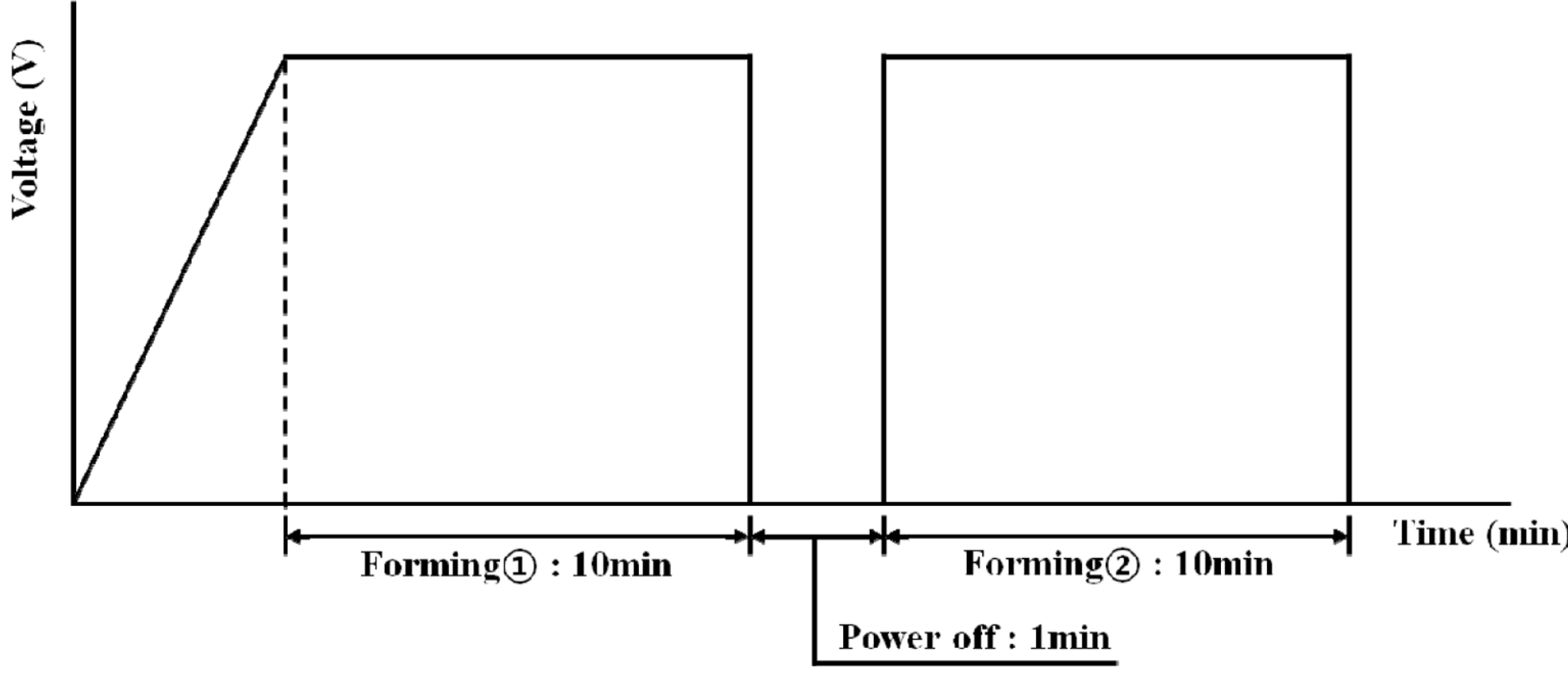[1] B.E. Conway, V. Birss and J. Wojtowicz,
J. Power Sources,
1997,
66(
1-2), 1ŌĆō14.

[2] R. K├Čtz and M. Carlen,
Electrochim. Acta,
2000,
45(
15), 2483ŌĆō2498.

[3] L. L. Zhang, Y. Gu and X. S. Zhao,
J. Mater. Chem. A,
2013,
1(
33), 9395ŌĆō9408.

[4] K. Naoi, S. Ishimoto, J. Miyamoto and W. Naoi,
Energy Environ. Sci.,
2012,
5(
11), 9363ŌĆō9373.

[5] C. W. Liew, S. Ramesh and A. K. Arof,
Energy,
2016,
109, 546ŌĆō556.

[6] J. R. Miller and P. Simon,
Electrochem. Soc. Interface,
2008,
17(
1), 31ŌĆō32.


[7] J. R. Miller and P. Simon,
Science,
2008,
321(
5889), 651ŌĆō652.

[8] A. Burke,
J. Power Sources,
2000,
91(
1), 37ŌĆō50.

[9] A. Burke,
Electrochim, Acta,
2007,
53(
3), 1083ŌĆō1091.

[10] F. Beguin and E. Frackowiak, Supercapacitors: Materials, Systems, and Applications. Wiley-VCH, 2013.
[11] P. Alotto, M. Guarnieri and F. Moro,
Renew. Sustain. Energy Rev.,
2014,
29, 325ŌĆō335.

[12] O. Hanna, S. Luski and D. Aurbach,
J. Electrochem. Soc.,
2017,
164(
2), A231ŌĆōA236.

[13] X. Z. Sun, X. Zhang, H. T. Zhang, B. Huang and Y. W. Ma,
J. Solid State Electrochem.,
2013,
17(
7), 2035ŌĆō2042.

[14] D. Liu, Z. Jia and D. Wang,
Carbon,
2016,
100, 664ŌĆō677.

[15] N. Blomquist, T. Wells, B. Andres, J. B├żckstr├Čm, S. Forsberg and H. Olin,
Scientific Rep.,
2017,
7, 39836ŌĆō39842.

[16] K. Naoi and P. Simon,
J. Electrochem. Soc.,
2008,
17(
1), 34ŌĆō37.


[17] P. Simon and Y. Gogotsi,
Nature Materials,
2008,
7(
11), 845ŌĆō854.

[18] C. Iwakura, Y. Fukumoto, H. Inoue, S. Ohashi, S. Kobayashi, S. H. Tada and M. Abe,
J. Power Sources,
1997,
68(
2), 301ŌĆō303.

[19] L. J. Krause, W. Lamanna, J. Summerfield, M. Engle, G. Korba, R. Loch and R. Atanasoski,
J. Power Sources,
1997,
68(
2), 320ŌĆō325.

[20] J. W. Braithwaite, A. Gonzales, G. Nagasubramanian, S. J. Lucero, D. E. Peebles, J. A. Ohihausen and W. R. Cieslak,
J. Electrochem. Soc.,
1999,
146(
2), 448ŌĆō456.

[21] H. Yang, K. Kwon, T. M. Devine and J. W. Evans,
J. Electrochem. Soc.,
2000,
147(
12), 4399ŌĆō4407.

[22] X. Wang, E. Yasukawa and S. Mori,
Electrochim. Acta,
2000,
45(
17), 2677ŌĆō2684.

[23] S. S. Zhang and T. R. Jow,
J. Power Sources,
2002,
109(
2), 458ŌĆō464.

[24] K. Kanamura, T. Umegaki, S. Shiraishi, M. Ohashi and Z. I. Takehara,
J. Electrochem. Soc.,
2002,
149(
2), A185ŌĆōA194.

[25] M. Morita, T. Shibata, N. Yoshimoto and M. Ishikawa,
Electrochim. Acta,
2002,
47(
17), 2787ŌĆō2793.

[26] M. Morita, T. Shibata, N. Yoshimoto and M. Ishikawa, J. Power Sources., 2003, 119, 784ŌĆō788.
[27] S. Song, T. J. Richardson, G. V. Zhuang, T. M. Devine and J. W. Evans,
Electrochim. Acta,
2004,
49(
9), 1483ŌĆō1490.

[28] A. H. Whitehead and M. J. Schreiber,
J. Electrochem. Soc.,
2005,
152(
11), A2105ŌĆōA2113.

[29] S. S. Zhang,
J. Power Sources,
2006,
162(
2), 1379ŌĆō1394.

[30] C. Peng, L. Yang, Z. Zhang, K. Tachibana and Y. Yang,
J. Power Sources,
2007,
173(
1), 510ŌĆō517.

[31] M. Nadherna, R. Dominko, D. Hanzel, J. Reiter and M. Gaberscek,
J. Electrochem. Soc.,
2009,
156(
7), A619ŌĆōA626.

[32] B. Markovsky, F. Amalraj, H. E. Gottlieb, Y. Gofer, S. K. Martha and D. Aurbach,
J. Electrochem. Soc.,
2010,
157(
4), A423ŌĆōA429.

[33] R.S. K├╝hnel and A. Balducci,
J. Power Sources,
2014,
249, 163ŌĆō171.

[34] P. Azais, L. Duclaux, P. Florian, D. Massiot, M. A. Lillo- Rodenas, A. Linares-Solano, J. P. Peres, C. Jehoulet and F. Beguin,
J. Power Sources,
2007,
171(
2), 1046ŌĆō1053.

[35] P. Kurzweil and M. Chwistek,
J. Power Sources,
2008,
176(
2), 555ŌĆō567.

[36] K. Chiba, T. Ueda, Y. Yamaguchi, Y. Oki, F. Shimodate and K. Naoi,
J. Electrochem. Soc.,
2011,
158(
8), A872ŌĆōA882.

[37] A. M. Bittner, M. Zhu, Y. Yang, H. F. Waibel, M. Konuma, U. Starke and C. J. Weber,
J. Power Sources,
2012,
203, 262ŌĆō273.

[38] G. D. Davis, W. C. Moshier, G. G. Long and D. R. Black,
J. Electrochem. Soc.,
1991,
138(
11), 3194ŌĆō3199.

[39] J. R. Davis, ASM specialty handbook: Aluminum and aluminum alloys. ASM International, 1993.
[40] F. Li, L. Zhang and R. M. Metzger,
Chem. Mater.,
1998,
10(
9), 2470ŌĆō2480.

[41] J. R. Davis JR, Corrosion of aluminum and aluminum alloys. ASM International, 1999.
[42] M. Morita, T. Shibata, N. Yoshimoto and M. Ishikawa,
Electrochim. Acta,
2002,
47(
17), 2787ŌĆō2793.

[43] M. Stern and A. L. Geary,
J. Electrochem. Soc.,
1957,
104(
1), 56ŌĆō63.

[44] Z. Szklarska-Smialowska,
Corros. Sci.,
1999,
41(
9), 1743ŌĆō1767.

[45] T. P. Hoar, D. C. Mears and G. P. Rothwell,
Corros. Sci.,
1965,
5(
4), 279ŌĆō289.

[46] N. Sato,
J. Electrochem. Soc.,
1982,
129(
2), 255ŌĆō260.

[47] H. Masuda, M. Yotsuya, M. Asano, K. Nishio, M. Nakao, A. Yokoo and T. Tamamura,
App. Phys. Lett.,
2001,
78(
6), 826ŌĆō828.

[48] R. K├Čtz, P. Ruch and D. Cericola,
J. Power Sources,
2010,
195(
3), 923ŌĆō928.

[49] M. Hahn, A. W├╝rsig, R. Gallay, P. Nov├Īk and R. K├Ītz,
Electrochem. Commun.,
2005,
7(
9), 925ŌĆō930.

[50] M. Hahn, R. K├Čtz, R. Gallay and A. Siggel,
Electrochim. Acta,
2006,
52(
4), 1709ŌĆō1712.

[51] R. K├Čtz, M. Hahn, P. Ruch and R. Gallay,
Electrochem. Commun.,
2008,
10(
3), 359ŌĆō362.

[52] S. Ishimoto, Y. Asakawa, M. Shinya and K. Naoi,
J. Electrochem. Soc.,
2009,
156(
7), A563ŌĆōA571.

[53] B. R. Strohmeier,
Appl. Surf. Sci.,
1989,
40(
3), 249ŌĆō263.

[54] A. Mozalev, A. Poznyak, I. Mozaleva and A. W. Hassel,
Electrochem. Commun.,
2001,
3(
6), 299ŌĆō305.

[55] S. T. Myung, Y. Hitoshi and Y. K. Sun,
J. Mater. Chem.,
2011,
21(
27), 9891ŌĆō9911.

[56] C. Hu, W. Qu, R. Rajagopalan and C. Randall,
J. Power Sources,
2014,
272, 90ŌĆō99.

[57] N. F. Jackson,
Electrocompon. Sci. Technol.,
1975,
2(
1), 33ŌĆō44.

[58] G. O. Avwiri and F. O. Igho,
Mater. Lett.,
2003,
57(
22), 3705ŌĆō3711.

[59] M. Abdallah,
Corros. Sci.,
2004,
46(
8), 1981ŌĆō1996.

[60] R. Xiao, K. Yan, J. Yan and J. Wang,
Corros. Sci.,
2008,
50(
6), 1576ŌĆō1583.

[61] J. K. Kim, E. O. Kim, U. J. Lee, I. B. Lee, S. H. Han, H. B. Son and S. H. Yoon,
Electrochim. Acta,
2016,
219, 447ŌĆō452.

